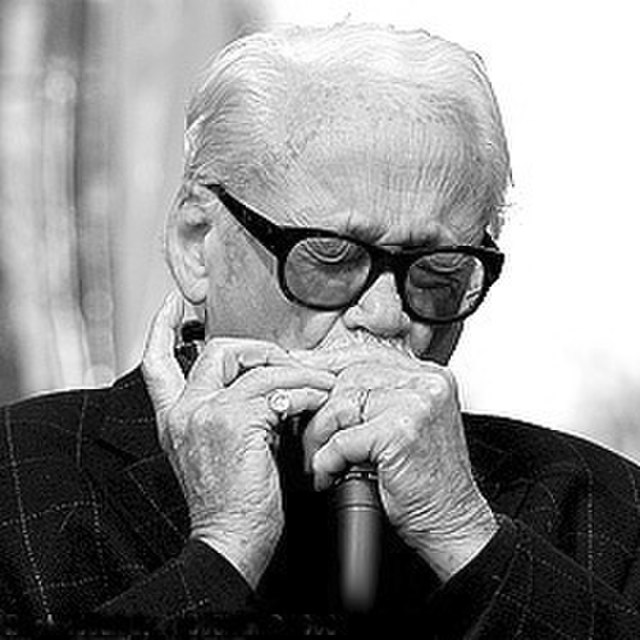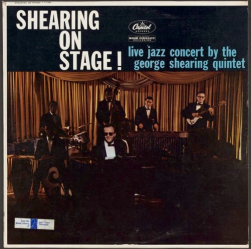Toots Thielemans would have been 100 years old in 2022. On this occasion, a whole series of initiatives were launched to celebrate the man who is undoubtedly a major figure in Belgian music and jazz in general. These events were an opportunity to realise to what extent the life and work of this extraordinary musician go far beyond what we must call the Épinal image of Toots of recent years.
In this lecture, we intend to give an overview of the life and work of Toots Thielemans, in words, images and, of course, music, that does justice to the many paths he had taken. For each stage, we will highlight certain social, cultural and aesthetic issues of his activity: the living conditions of jazzmen in the early days of Toots' career, the choice of eclectic musical styles and the nomadic nature of his tastes, straddling the line between the "learned" and the "popular", the role of improvisation and composition, and the bittersweet melancholy of his playing (and his vision of life) that Toots liked to describe as being "between a smile and a tear".
Hugo Rodriguez has a PhD in musicology from the Université Libre de Bruxelles. He is currently a scientific collaborator at the Music Division of the KBR (Royal Library of Belgium). He was one of the curators of the exhibition Toots 100: The Sound of a Belgian Legend, which was held at KBR between April and August 2022, and co- organised other projects within the framework of the 'Toots 100' year (symposium, conferences, concerts). He also conducts other research on issues of 19th century music history, theory of musical meaning, musical humor and psychology of music.
Photo from Wikimedia





